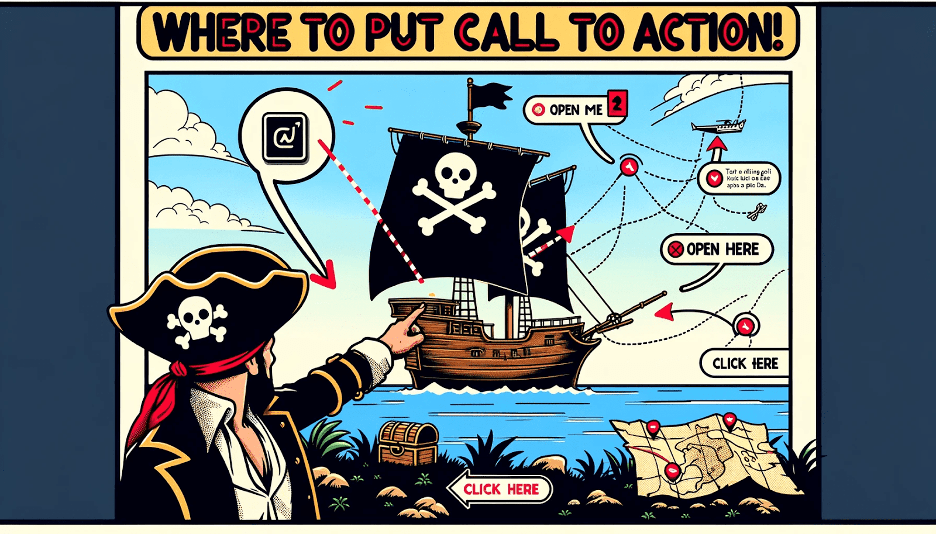
How to Become a Yacht Designer: A Deep Dive into the Maritime World of Design
Yacht design is a captivating blend of artistry, science, and engineering, where creativity meets functionality. Aspiring yacht designers often dream of crafting elegant vessels that not only look stunning but also perform exceptionally on the waters. If you’re one of them, here’s an in-depth guide on how to embark on this exciting journey.
1. Cultivate a Genuine Passion
The foundation of any successful yacht designer is a genuine passion for sailing and design. Dive deep into the world of boats, understanding their structures, functionalities, and the stories behind each design. Books, magazines, and maritime events can be excellent resources to fuel this passion.
2. Seek Inspiration but Carve Your Path
While it’s beneficial to study the works of renowned designers, remember to carve your unique path. Understand their philosophies, analyze the evolution of their designs, but always bring your unique perspective to the table.
3. Formal Education: A Stepping Stone
While some legendary designers might have been self-taught, in today’s competitive world, formal education can provide a significant edge. Consider programs in naval architecture or marine engineering. These courses offer the technical foundation required, ensuring your designs are not only aesthetically pleasing but also seaworthy.
4. Master Modern Tools
The yacht design world has evolved with technology. Familiarize yourself with computer-aided design (CAD) software and other digital tools. These platforms allow for precision, simulations, and adjustments, ensuring your designs are both accurate and innovative.
5. Build an Impressive Portfolio
Your portfolio is your calling card. Start with hypothetical designs, showcasing various styles and functionalities. As you gain real-world experience, add those projects. A diverse portfolio demonstrates your versatility and depth of knowledge.
6. Immerse Yourself in Practical Experience
Understanding the theoretical aspects of design is crucial, but nothing beats hands-on experience. Spend time at shipyards, witness the construction process, and engage with craftsmen. This immersion will offer insights into the challenges and intricacies of turning a design into a tangible vessel.
7. Stay Abreast of Industry Trends
The maritime industry is dynamic, with innovations and trends emerging regularly. Attend workshops, seminars, and conferences. Engage with the global yacht design community, building connections and staying updated.
8. Find Your Specialization
While being versatile is an asset, specialization can set you apart. Whether it’s sustainable designs, luxury yachts, or specific types of vessels, find your niche and master it.
9. Hone Essential Soft Skills
Technical expertise is just one aspect of being a successful yacht designer. Soft skills like communication, collaboration, and project management are equally crucial. They ensure smooth interactions with clients and seamless project executions.
10. Persistence is Key
The yacht design industry can be challenging to break into. There will be setbacks, but your persistence and dedication will determine your success. Continuously refine your skills, seek mentorship, and stay committed to your vision.
11. Understand the Industry Landscape
When starting, it’s essential to grasp the industry’s landscape. In earlier times, there were numerous boat builders, offering ample opportunities for designers. However, today, with a reduced number of builders, opportunities might seem limited. Recognize this shift and strategize accordingly.
12. Collaborate and Network
Engage with boat builders, attend boat shows, and present your designs. Networking can open doors to collaborations and projects. For instance, attending events like the Long Beach boat show can provide exposure and potential opportunities.
13. Adapt to Changing Times
The yacht design industry has seen significant shifts over the years. From numerous boat builders in the past to a handful today, the landscape has changed. Adaptability is crucial. Whether it’s exploring international markets or diversifying your design offerings, be ready to pivot as needed.
Conclusion
Embarking on a career in yacht design is a journey filled with creativity, challenges, and immense satisfaction. By following this comprehensive guide, staying updated, and persistently honing your skills, you can navigate the waves of this industry and leave an indelible mark. Whether you’re designing luxury yachts or sustainable boats, remember that every vessel carries a story, and as a designer, you have the privilege of penning that narrative.
Brought to you by
SHIPSHAPE.PRO – Innovative platform that bridges the gap in marine repair
&
MIDA.PRO – Marine Industry Digital Agency – Web dev / Marketing
Podcast – SHIPSHAPE INTERNATIONAL OCEAN INSIGHT




